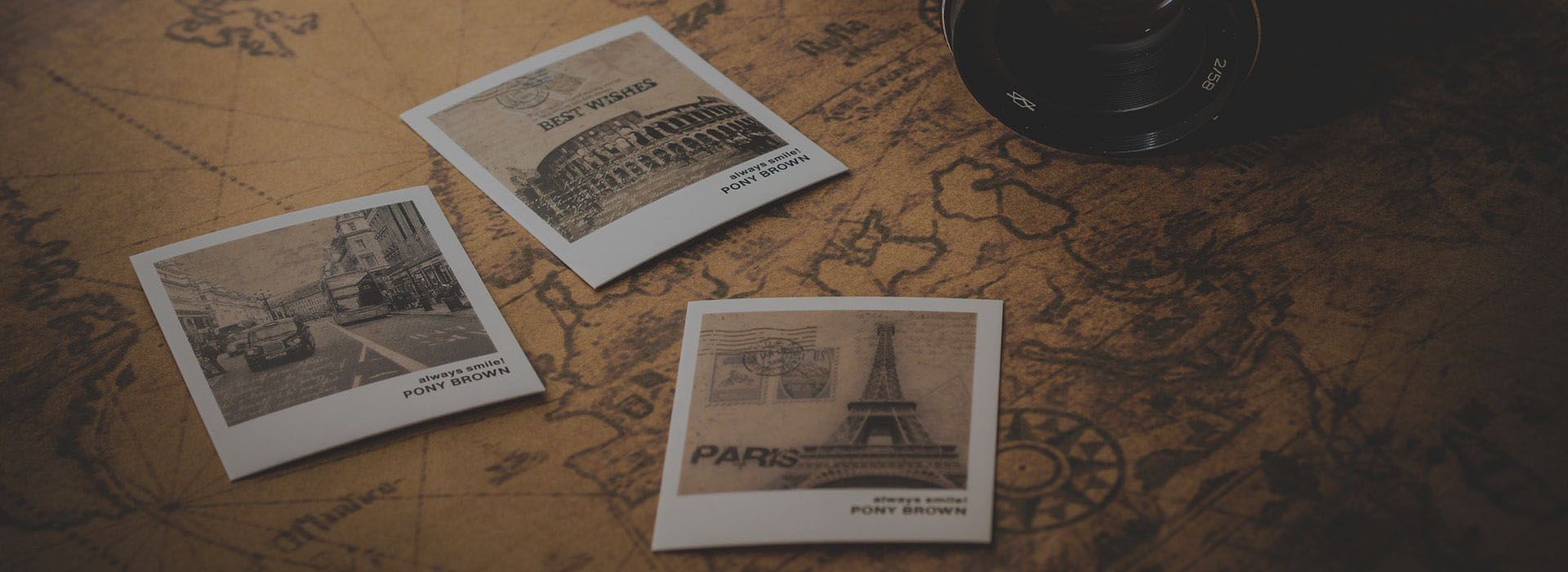Chongqing
Chongqing is the municipality that has emerged from within Sichuan Province. During the Second World War – Chongqing acted ably as the capital city of China. In recent years the city has become the leading light in the development of Western China.
Chongqing City is a vibrant metropolis, one of the largest cities in China. Providing a base for those wishing to join a downstream Yangtze River Cruise, the city offers a past many believe, could be older than one million years. Take time to explore this unique city which continues to prosper and develop into the giant of both urbanisation and industry in Western China.
Arhat Temple
With a history dated back to around 1000AD, Arhat temple is a haven of peace set amongst the high rise skyscrapers of Chongqing City. Home to Monks even to this day, take time to discover the Terracotta figures and golden Buddhist treasures.
Ciqikou Ancient Town
Located in the West of Chongqing City, Ciqikou Ancient town is a village that retains links with its Ming Dynasty past. Sat atop a hill, over looking the 1200 kilometre Jialing River.
Red Cliff Village
A war time relic that once housed the Communist party and the Kuomintang against the common enemy of the Japanese during World War Two. The Village is now home to a Revolutionary History Museum. The Village is 20 – 25 minutes from the city of Chongqing.
Stillwell Museum
The Stillwell Museum is the former accommodation of the US war time General Stillwell. The museum offers a perspective more in line with a US Perspective and holds particular appeal with anyone enjoying an interest in American war history.
Three Gorges Museum
With scale models depicting life over different periods, the Three Gorges museum is well worth visiting with a focus on explaining the vast history of the region. Exhibits include an insight into the historic Ba People, thought to be the founders of the city as we now it today.
Sichuan Hotpot
A real highlight for anyone who enjoys regional gastronomy. A steaming metal bowl of stock (often infused with hot chili – a specialty of the area), your favourite foods are added to the mix including meat and local vegetables and cooked to your liking. Enjoy this treat in a local restaurant and soak up the local culture.
Dazu
Dazu County is 150 kilometres North West of the city of Chongqing and houses some of the best preserved remnants of Buddhism including the amazing Dazu Rock carvings.
Dazu Rock Carvings
Found throughout Dazu County,these religious sculptures and carvings, date back over 1200 years. There are 75 sites throughout the County with more than 50,000 statues and artifacts to be found. Dazu is a stunning example of the regions incredible past and should not be missed.
Baoding Shan
A centre piece of the Dazu Rock carvings is Baoding Shan or Treasured Summit Hill. The master piece is the 32 metre long , 5 metre high reclining Buddha protected by the temple in stunning gold. It is an incredible sight to behold, a highlight amongst the 800 year old statues found here.
Laitan
Take a drive 25 minutes from Chongqing and you will discover the ancient village of Laitan. Famed for the Tang Dynasty Buddha Statues who were treated harshly during the cultural revolution, this village is well worth a visit with great views for its hill side location.
Shuangjiang
Shuangjiang Village is a 90 minute jaunt from Chongqing is a less well known but very interesting village where visitors may still be regarded as a novelty. The village itself is novel with examples of both Buddhism and Catholicism.
Yangtze River
Starting its journey in the foothills of the Himalayas and ending in the cosmopolitan city of Shanghai, the Yangtze River allows the visitor to experience close up the rural villages, the terraced farms and the mist-covered gorges of the third longest river in the world.
Following in the footsteps of explorers like Marco Polo, visitors have the opportunity to discover a river steeped in tradition, where the past constantly collides with the future. The incredible natural landmark of the Three Gorges, carved by glaciers over the millenia, sitting alongside one of the world’s great engineering feats, the recently completed, Yangtze Dam.
QUTANG GORGE
The first of the three gorges, at only 8km, it is the shortest and narrowest. The widest point is only 150m wide. The entrance is called Kuimen Gate and sits between Chijia Mountain on the North bank and Baiyan Mountain on the South bank. Some of the sights include: the ancient city of Baidicheng on the North shore, the Chalk Wall at Kuimen Gate (white cliff that has numerous characters carved into it by calligraphers, some as large as 1.7m wide), the Meng Liang Stairway (a series of carved holes that zig-zag up the cliff face, thought to be a stairway to access the cliff tops from the river – remains of cities have been found on the cliff tops to support this theory), and the Ancient Pathways (for haulers to pull vessels upstream & goods up the mountains).
WU GORGE
The most notable of the gorges due to the constant fog caused by very little sunlight passing over the sheer cliffs home to the famous 12 peaks of the Wushan Mountains. Daning River, the largest of over 700 tributaries, flows North from the gorge and into the Lesser Three Gorges. Shennong Stream, on the border of Wu & Xiling Gorges, is known for its unique scenery (including hanging coffins and stalactites) and natural four gorges.
XILING GORGE
The largest and most dangerous gorge is around 76km long, starting at Xiang Xi and ending near Nanjin Pass. It is known for its fierce rapids and whirlpools. It is comprised of seven small gorges and although dangerous, it is considered the most beautiful of the three gorges. Huangling Temple is the largest and oldest ancient architecture in the Three Gorges area. It was originally built in 200BC. Pillars in the hall record flood water levels over the years, and even marks the most severe flood ever, which occurred in 1870. Three Traveller’s Cave, accessible by board walk, is filled with inscriptions and poems. It is cool in Summer and warm in Winter.
THE LESSER THREE GORGES
The lesser three gorges are lower and narrower than the main three gorges. The area begins just off Wu Gorge and continues around 50km North along the Daning River. As with Shennong Stream, Daning River is also known for its beautiful scenery as well as the playful wildlife that resides there, such as the macaque monkeys.
THE THREE GORGES DAM
The Three Gorges Dam has been constructed in Xiling Gorge. It is around 2309m long and 101m high. The wall is 115m thick on the bottom and 40m thick at the top. The Dam is comprised of enough steel to build 63 Eiffel Towers.
It is the largest hydroelectric power station in the world, with an electric generating capacity reaching around 18200 megawatts. After all generators are installed, it will be fully operational in 2011. Although water levels will rise, this will control flooding and damage to crops & cities near the river. There are also many sights higher up the cliffs that are currently inaccessible to tourists. An advantage of the rising water is that these rarely seen sights will now be easily viewed by anyone on a cruise. Historic and cultural sites that will be covered by rising water have been relocated to museums or higher up the cliff.


